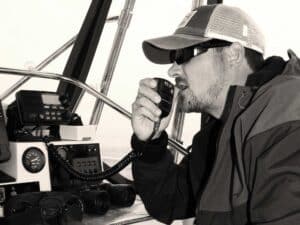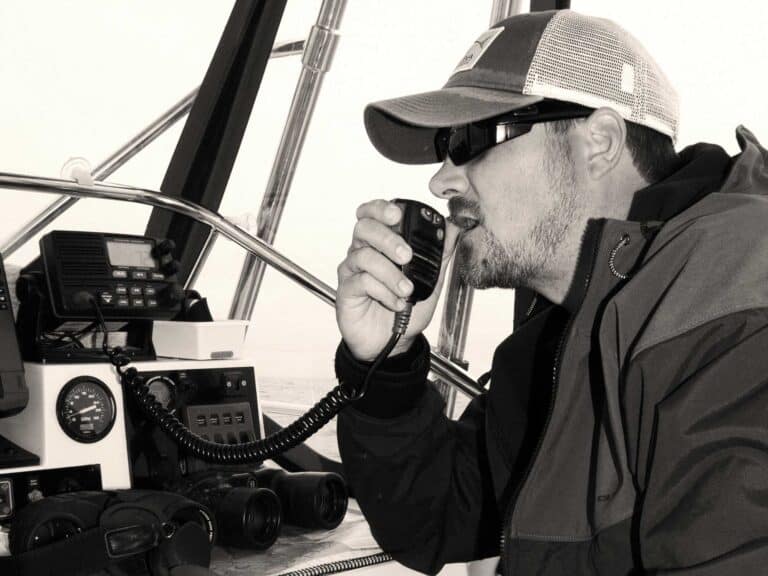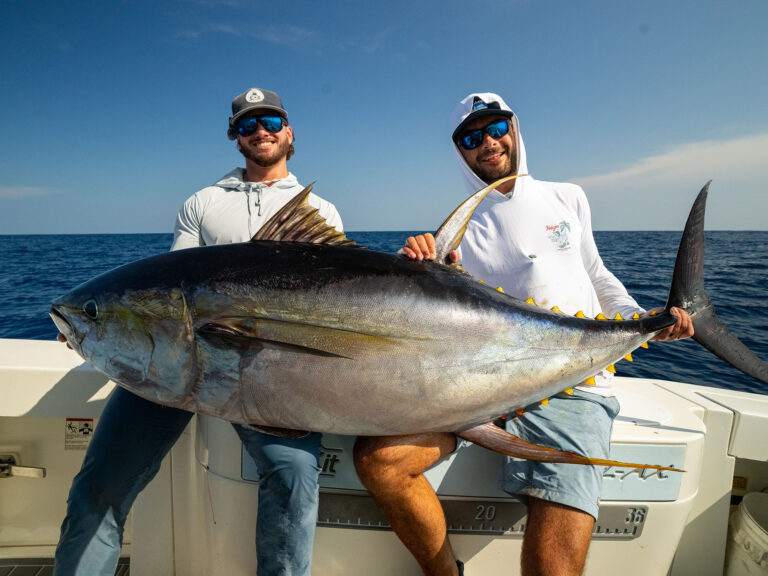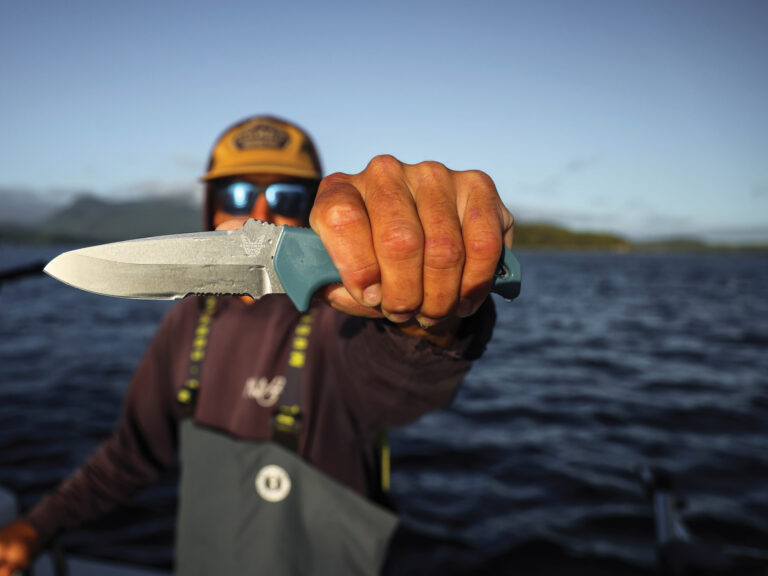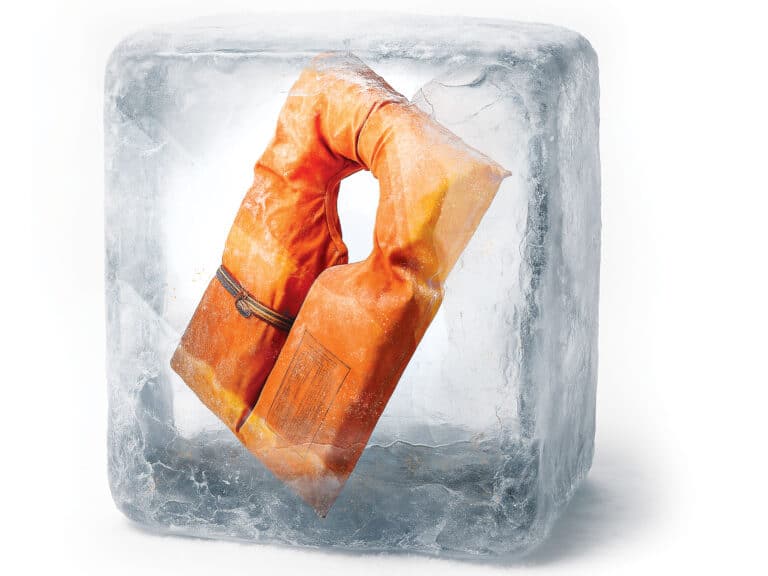
In a step that will gradually close a painful loophole in California’s long-standing ban on inshore gillnets, Governor Gavin Newsom has signed into law AB1056 by Assemblymember Steve Bennett (D-Ventura). The bill—sponsored by Oceana and Resource Renewal Institute (RRI)—establishes a plan to completely phase out the use of inshore set gillnets, finishing the job started by Proposition 132, the anti-gillnet initiative passed in 1990 that phased out set gillnets within state waters.
Mile-long nets are anchored to the seafloor and meant to catch California halibut and white sea bass. By removing this gear, the law will protect more than 100 different ocean animals that become entangled in these nearly invisible nets.
“California’s biodiverse underwater ecosystems are world-renowned and we must do our part to keep it that way,” said Assemblymember Bennett. “A healthy ocean is critical to community well-being and is the foundation of multi-million dollar fishing and tourism industries. AB1056 provides a fair and just transition to both fishermen and the fisheries affected.”
Caitlynn Birch, campaign manager and marine scientist with Oceana said, “Southern California’s ocean waters support an incredible diversity of marine life, which in turn sustains ecosystems, tourism, fisheries, and coastal communities. AB1056 is a balanced, forward-looking approach that protects ocean biodiversity while ensuring a fair transition for fishermen who depend on this fishery today. We thank Assemblymember Bennett for championing this effort, the legislature for advancing it, and Governor Newsom for signing it into law.”
Scott Webb, director of Advocacy with RRI, added “Today, California is showing why it is a global leader when it comes to protecting the ocean. Set gillnets have been deemed a threat to our state’s biodiversity for over one hundred years, and with the encroaching effects of climate disruption, our seas are more vulnerable than ever. We thank Assemblymember Bennett, the California legislature, and Governor Newsom for walking the talk by sunsetting the last of California offshore gillnets.”
Leading sportfishing organizations that threw their official support to AB1056 included AFTCO, the Coastal Conservation Association of California, and the IGFA.
More than half of what set gillnets catch are thrown overboard as waste, according to Oceana’s research. This includes sea lions, sharks, rays, and other fish, marine mammal and sea bird species. AB1056 allows existing fishermen to continue fishing through their retirement and gradually phases out the fishery. While all gillnet permits will become non-transferable starting January 1, 2027, the law allows for a one-time transfer after 2027 to a single family member, after which the permit becomes permanently non-transferable.
Set gillnets were originally banned in Northern California waters in 1915. California voters passed Proposition 132 in 1990, which prohibited the use of set gillnets within state waters off the Southern California mainland (0-3 nautical miles) and within one nautical mile of offshore islands.
Read Next: California and Feds Set to Roll Back Bottom-Fishing Restrictions
Due to the complexities of these various actions, most Californians are unaware that set gillnets are still used in federal waters, around offshore banks, and in state waters around California’s Channel Islands, with continued high rates of bycatch. Waters off California’s Channel Islands are a globally significant region of ocean biodiversity, raising concerns about the impacts of set gillnet fishing gear to ocean life in the area.
More selective hook and line fishing methods are well-established for catching California halibut and white seabass that have significantly less bycatch and typically yields higher prices for fish considered better quality seafood.




